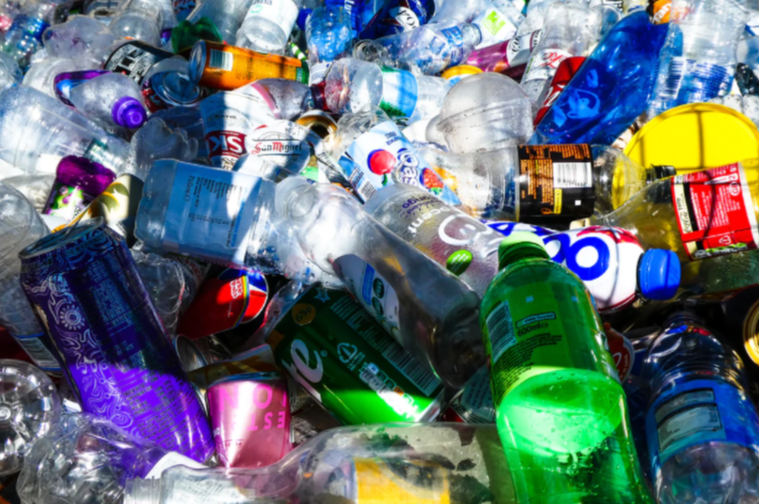A recent trend on social media has seen people making ‘trash jars’ or ‘zero waste jars’, designed to impress and encourage people to create as little waste as possible, often fitting their waste for a year in a small mason jar. It’s often seen as a competition to see who can create the least waste in their everyday life, but the challenge is often unrepresentative of real life. Here’s why…
While the trend draws attention to sustainable habits, it’s obvious that a mason jar cannot contain all of your waste, with waste food and hygiene products being obvious exclusions though many other things are excluded as well. The trend also doesn’t identify recycled products, which, while not landfill waste, do require energy to produce and recycle, and promoting excessive use of recyclable products is less effective than promoting use of reusable items. What this trend can show you, however, is what type of waste you typically bring into your home, something that can be useful for reducing any bad habits we might have in the long-term.
Landfill waste is more than plastic bags; it’s the effect we have on our surroundings, which is why the zero waste jars are not overly popular with long-time sustainability advocates. The mason jar trend does not account for the environmental impact of producing food, travelling, or water usage for instance, all of which can have a massive effect on our personal environmental contributions.

Typically, trends are not a representation of the full picture, and zero waste is often hard to achieve. What is more achievable, though, are plans to reduce your consumption more sustainably, such as cutting out one car journey from your week, reducing your water usage, or removing animal products from at least one meal a day – and, of course, being mindful of how much excess packaging products use and trying to support businesses and brands that use less. These challenges get you more involved in the day to day impact your behaviour has and involve you in sustainable decision-making beyond just packaging and material waste.
It’s important to remember that our impacts exceed just the materials we can see. Total emissions for livestock globally account for around 7.1 gigatonnes of CO2 annually, something that can’t be measured with this trend. Similarly, the environmental impact of road vehicles is still increasing in many parts of the world, including the European Union, Norway and the UK. This trend does not address many of our habits, merely the parts that produce some of our most visible waste.

We have to address our behaviours beyond material waste, and look to how our food, travel, clothing and valuables are produced in order to live a more sustainable life. Trends can be a great way to start conversations and get more people on board, but treat them as a gateway to learning and adopting a more sustainable lifestyle, rather than an end goal in themselves.
by Dan Johnson, SGO Project Officer #actingtogether
 Sustainability
Sustainability Felicity Brambling-Wells
Felicity Brambling-Wells 1728
1728


